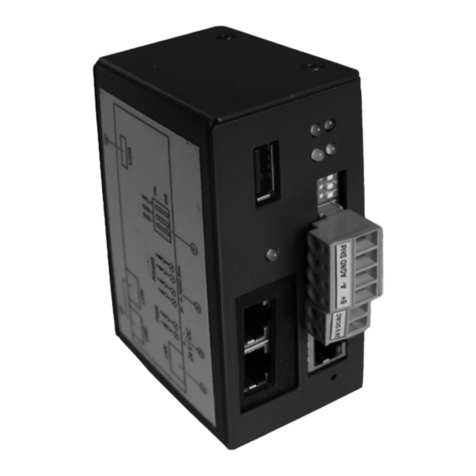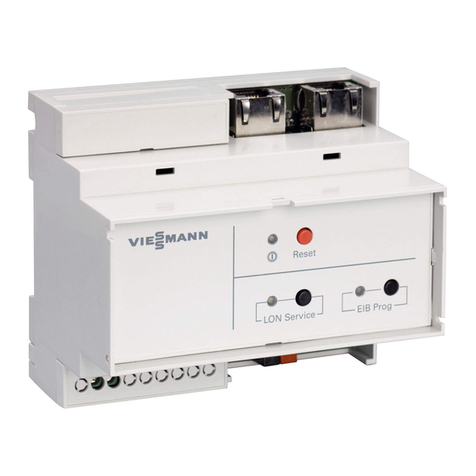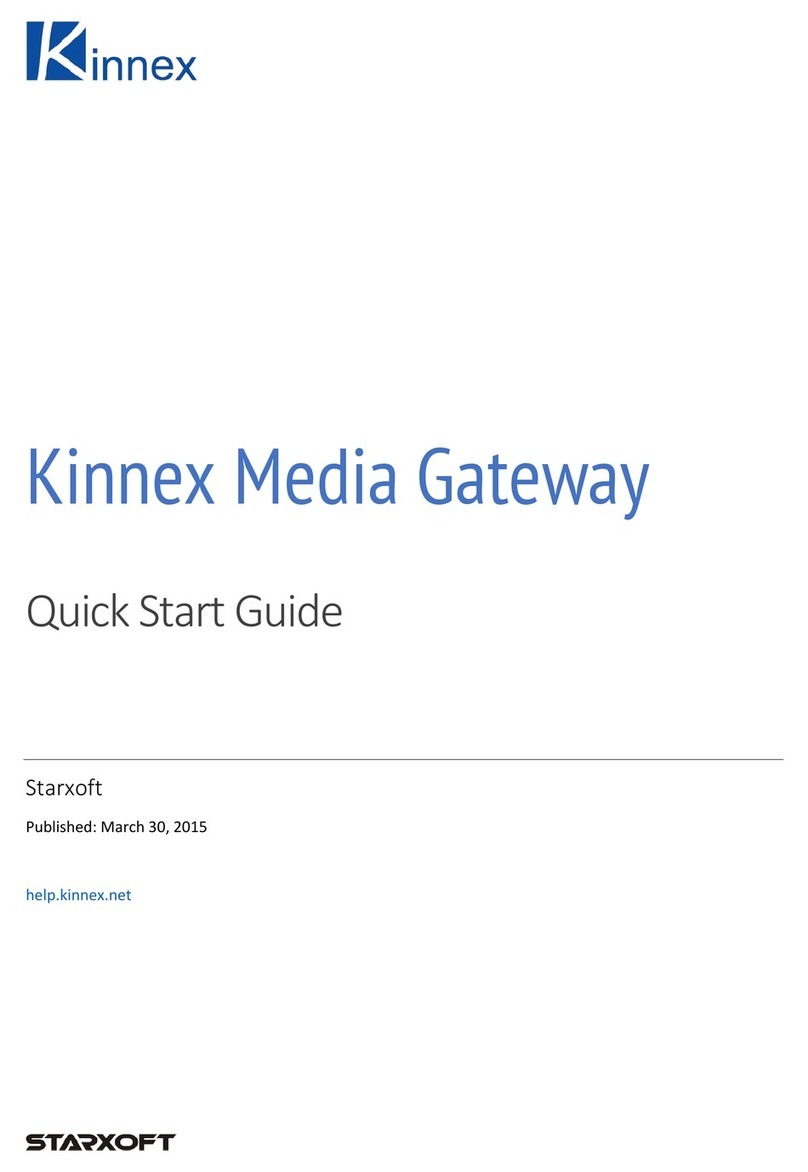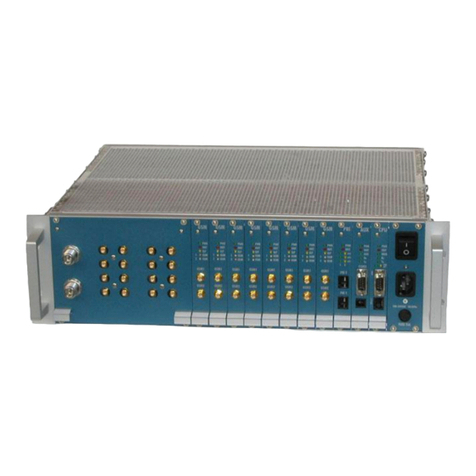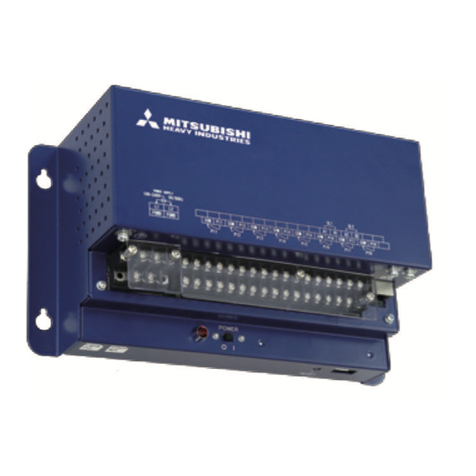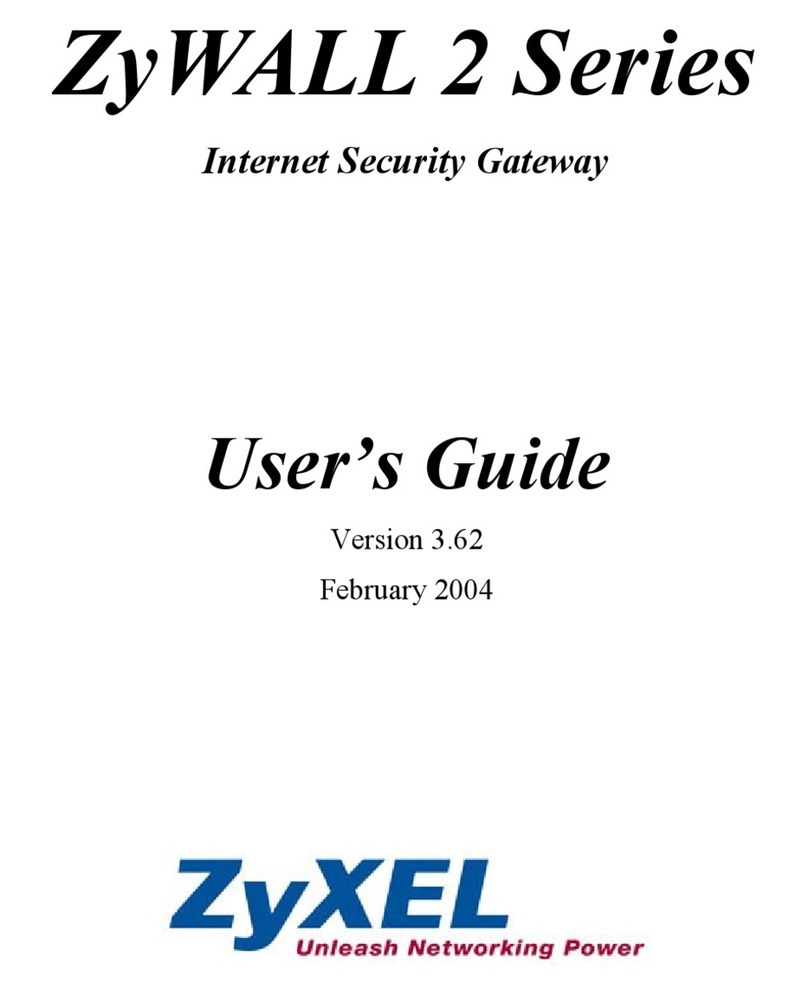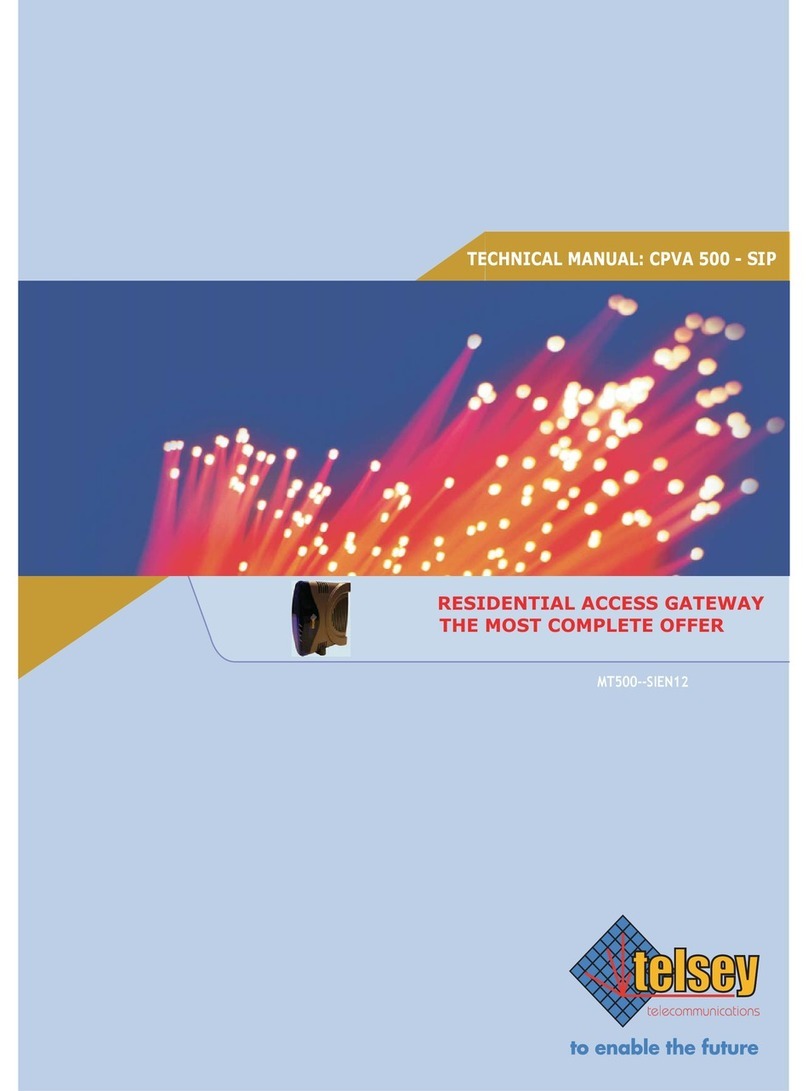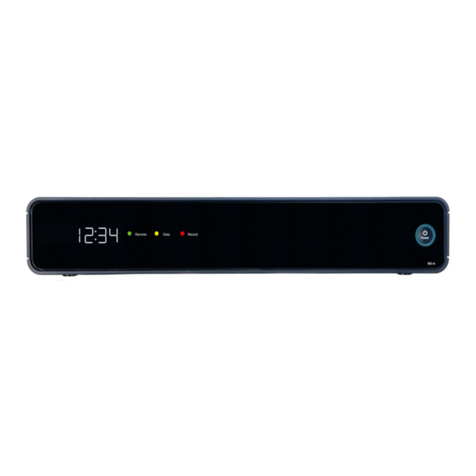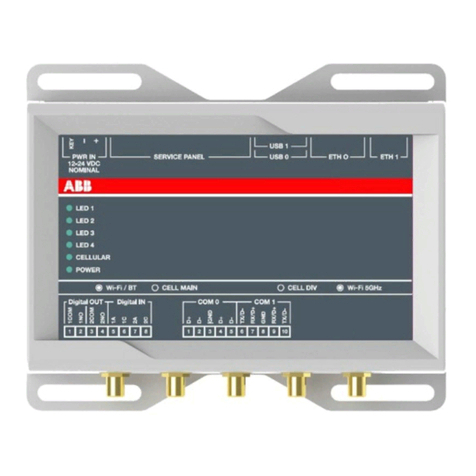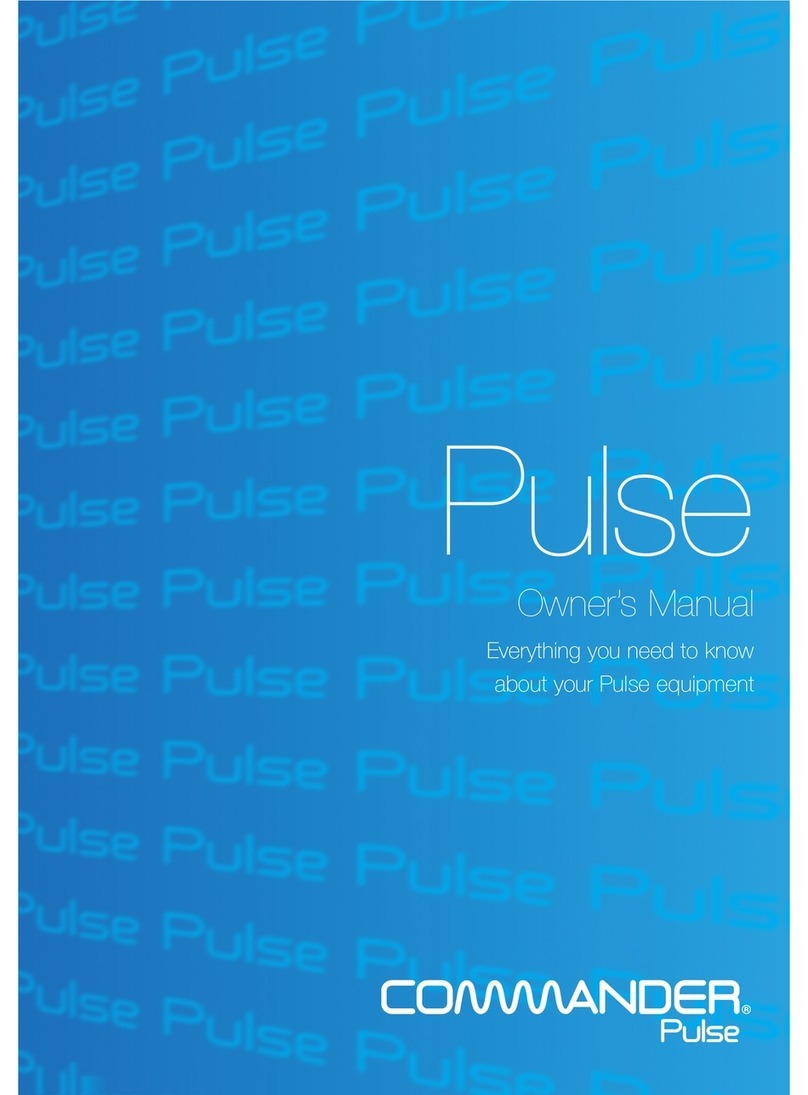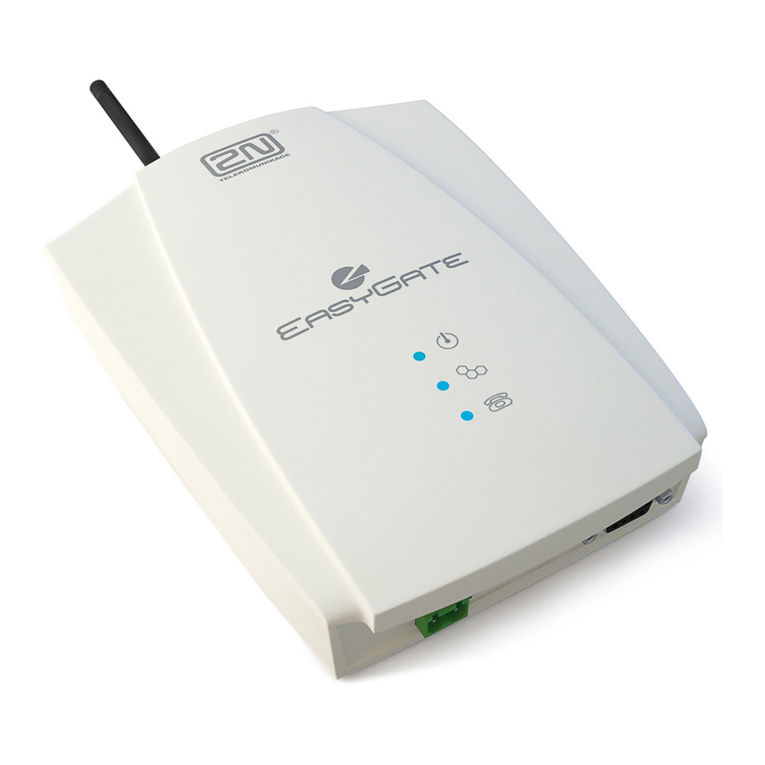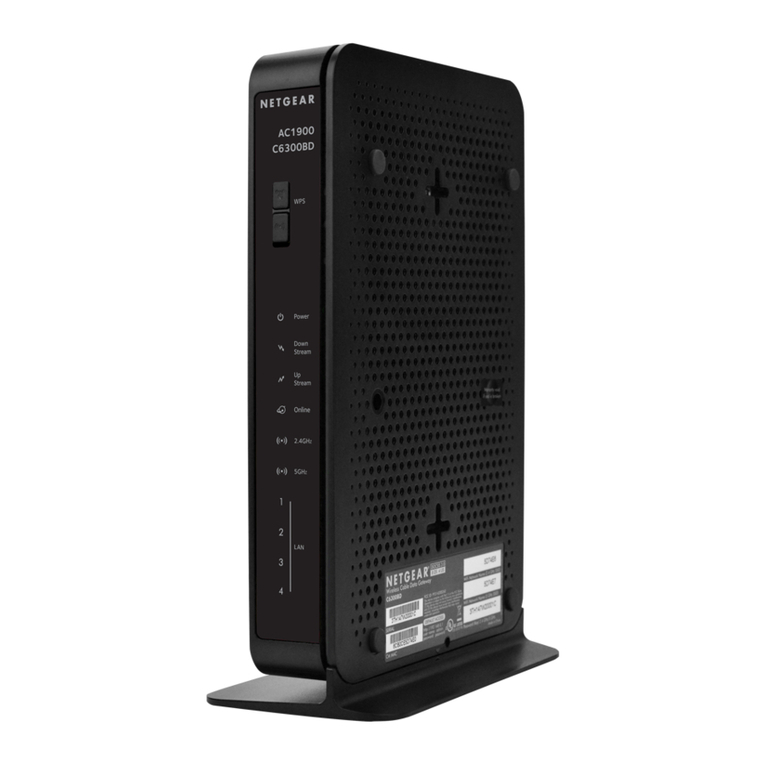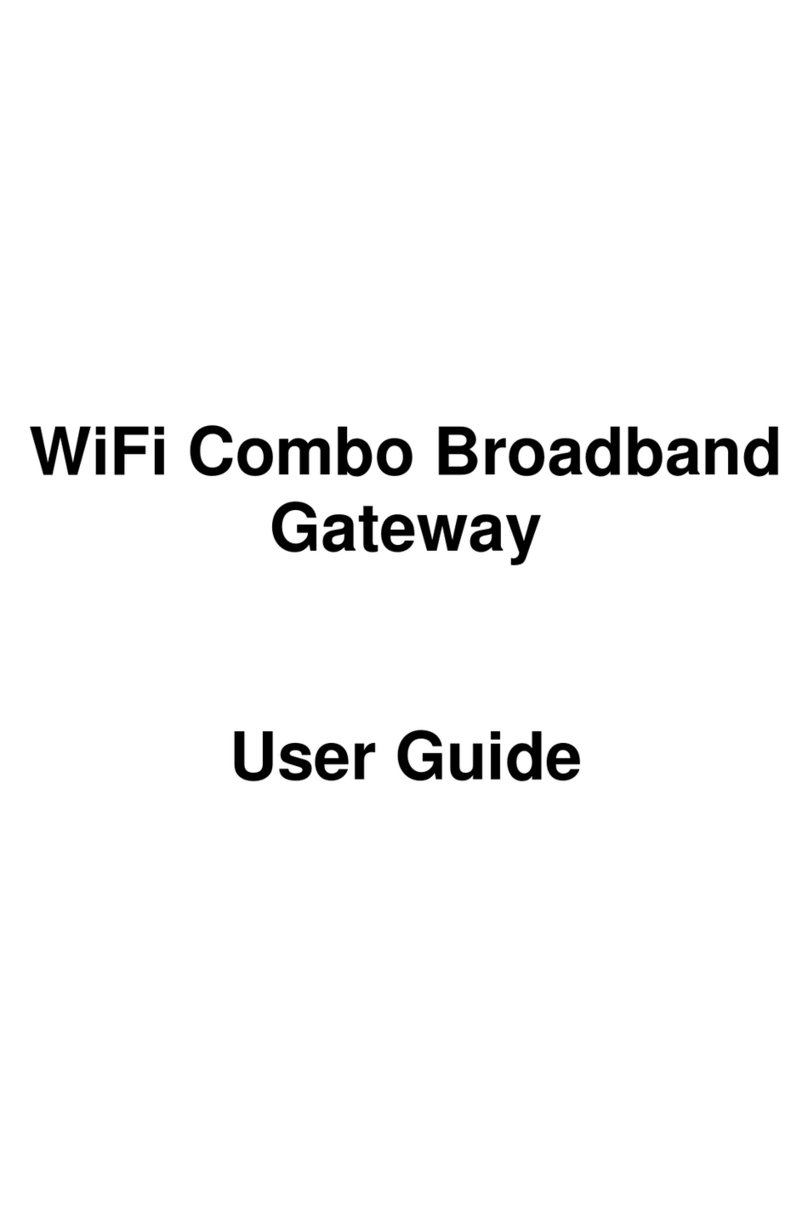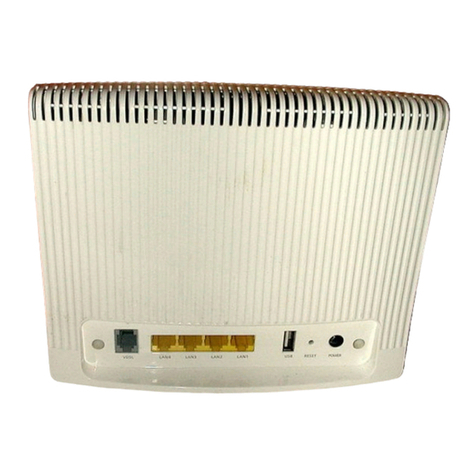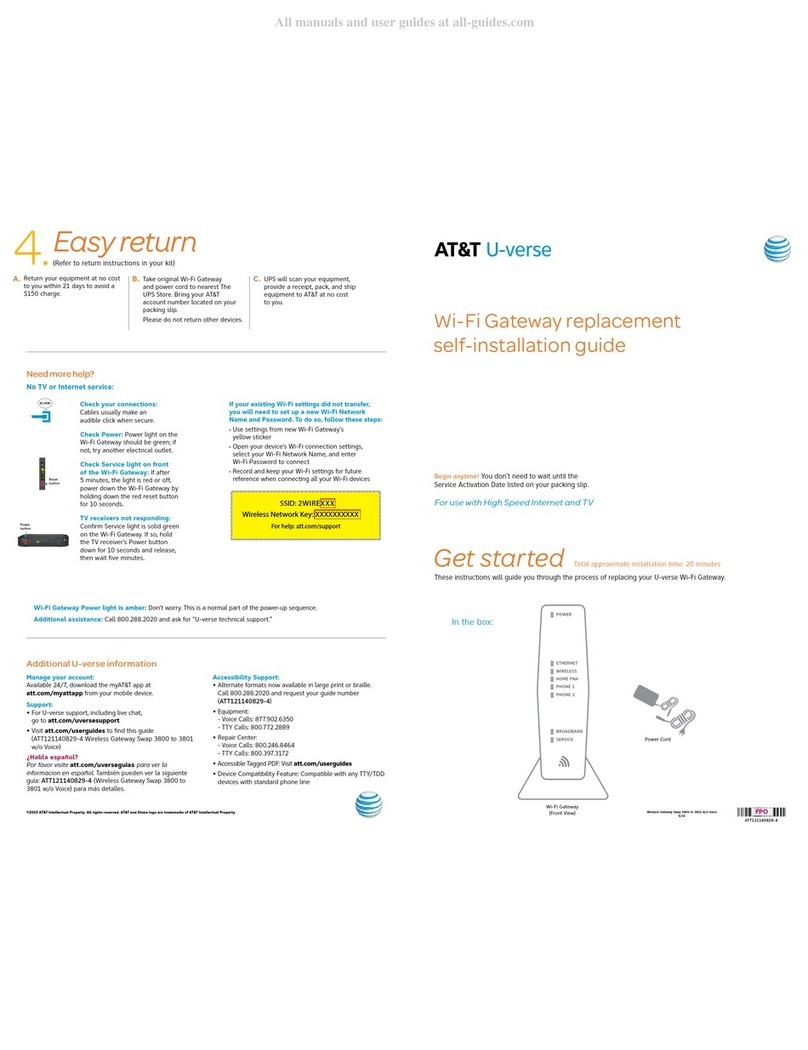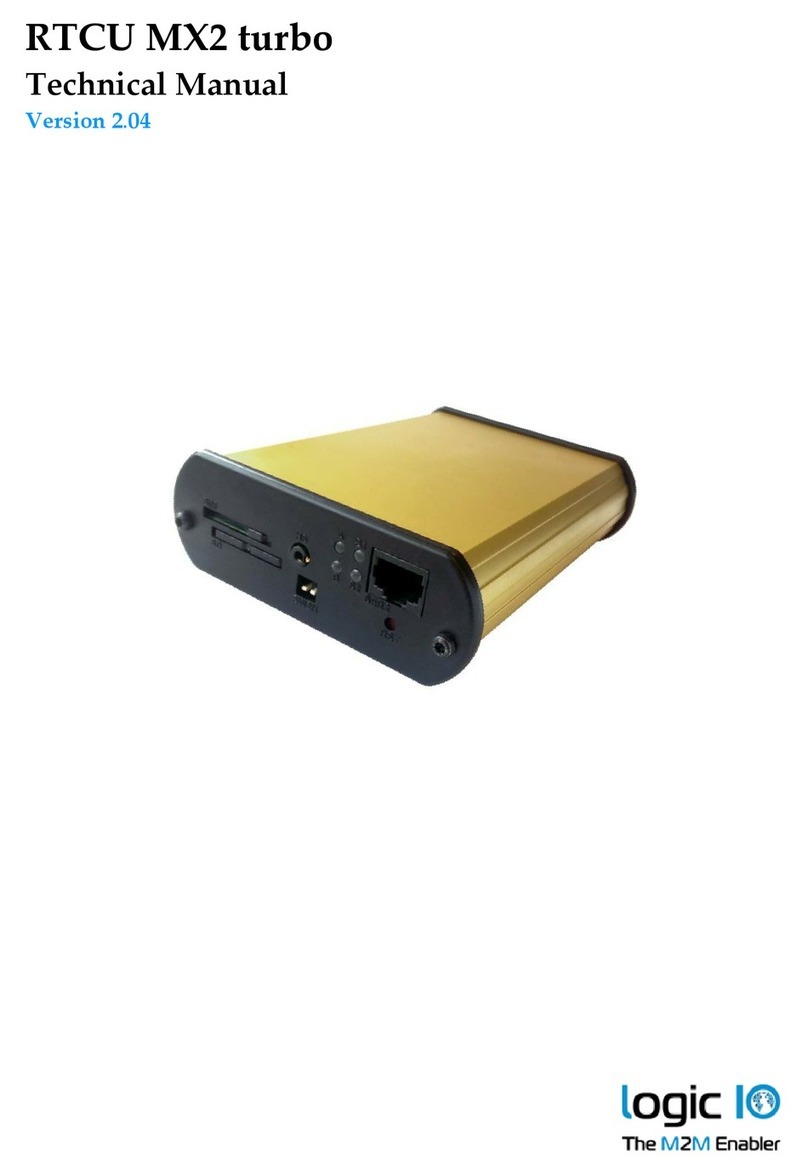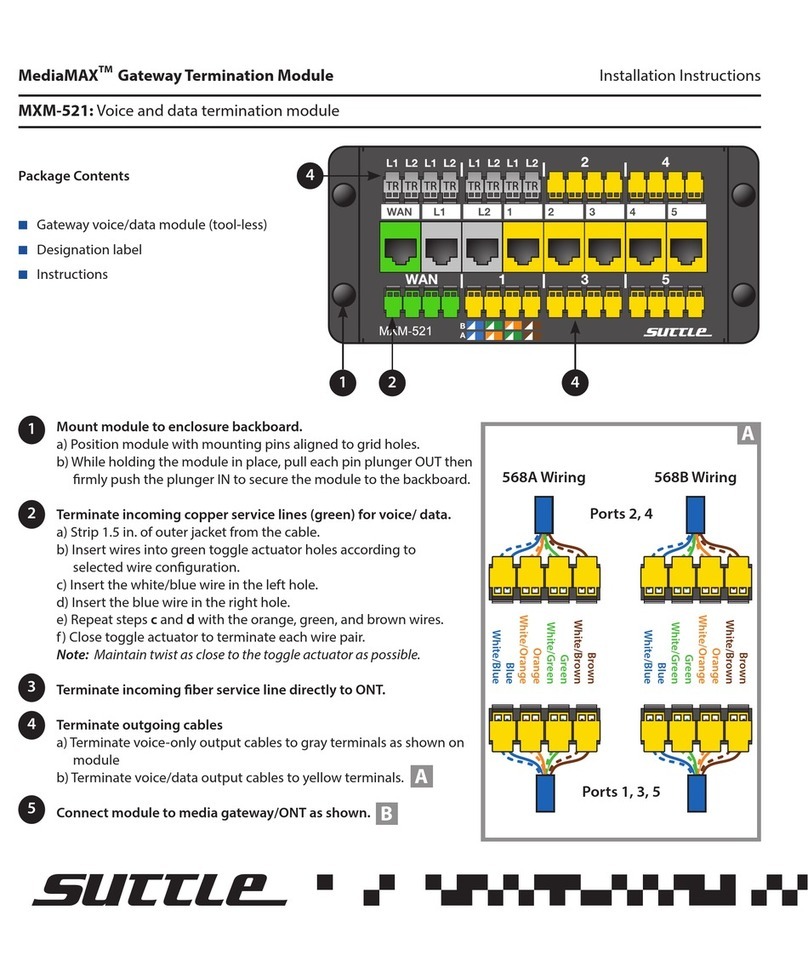
3
!Please note
Electronic assemblies can be dam-
aged by electrostatic discharge.
Prior to commencing any work,
touch earthed objects such as heat-
ing or water pipes to discharge
static loads.
Repair work
!Please note
Repairing components that fulfil a
safety function can compromise the
safe operation of the system.
Replace faulty components only
with genuine Viessmann spare
parts.
Auxiliary components, spare and
wearing parts
!Please note
Spare and wearing parts that have
not been tested together with the
system can compromise its func-
tion. Installing non-authorised com-
ponents and making non-approved
modifications or conversions can
compromise safety and may invalid-
ate our warranty.
For replacements, use only original
spare parts supplied or approved by
Viessmann.
Safety instructions for operating the system
If you smell flue gas
Danger
Flue gas can lead to life threatening
poisoning.
■Shut down the heating system.
■Ventilate the installation site.
■Close the doors to living spaces to
prevent flue gases from spread-
ing.
What to do if water escapes from the
appliance
Danger
If water escapes from the appliance
there is a risk of electric shock.
Switch off the heating system at the
external isolator (e.g. fuse box,
domestic distribution board).
Flue systems and combustion air
Ensure that flue systems are clear and
cannot be sealed, for instance due to
accumulation of condensate or other
external causes. Ensure an adequate
supply of combustion air.
Instruct system users that subsequent
modifications to the building characteris-
tics are not permissible (e.g. cable/pipe-
work routing, cladding or partitions).
Danger
Leaking or blocked flue systems, or
an inadequate supply of combus-
tion air can cause life threatening
poisoning from carbon monoxide in
the flue gas.
Ensure the flue system is in good
working order. Vents for supplying
combustion air must be non-seala-
ble.
Extractors
Operating appliances that extract air to
the outside (extractor hoods, extractors,
air conditioning units, etc.) can create
negative pressure. If the boiler is oper-
ated at the same time, this can lead to a
reverse flow of flue gas.
Safety instructions
Safety instructions (cont.)
5853847



